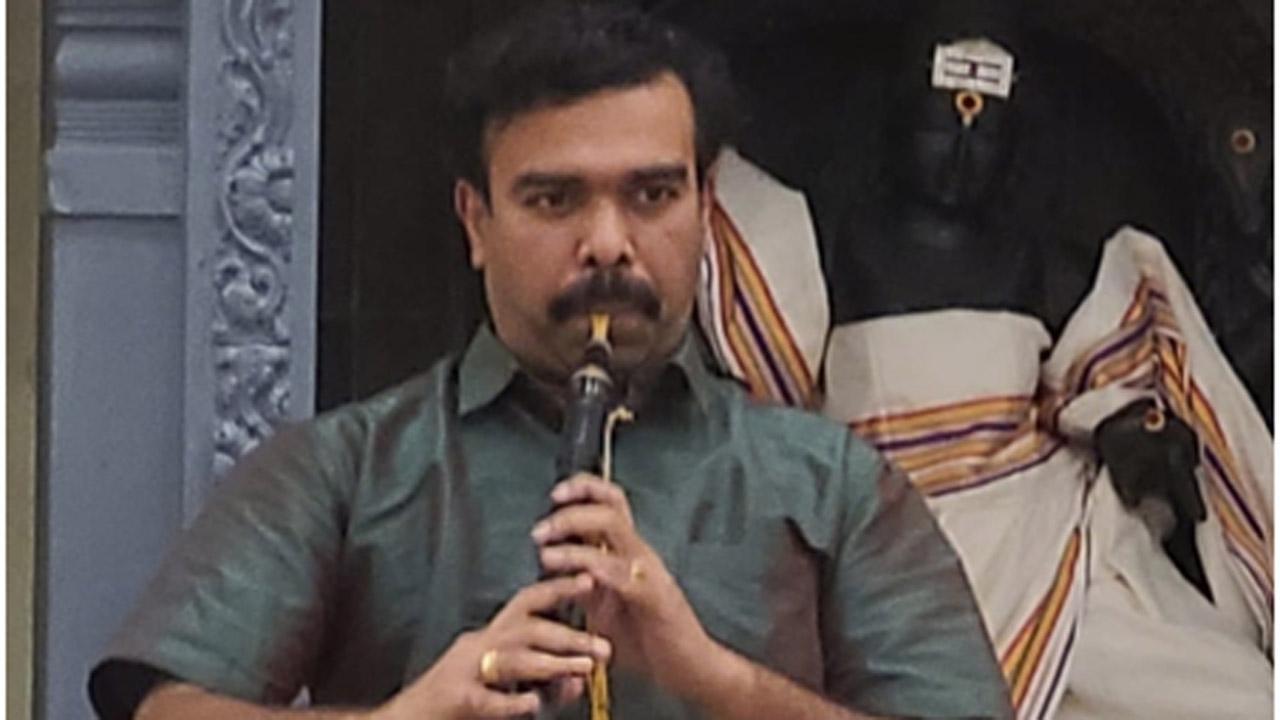Usually, performing artists do not focus much on music research and vice versa but Sivasankar Subramanian mentions the need to focus on both since traditional music like any other stream of arts is constantly evolving and silly stereotypes are disregarded

Sivasankar Subramanian
We all know that music is “the universal language of mankind”. Indeed, the idea that music possesses characteristics of language has led scholars to apply linguistic theories to the understanding of music. Traditional music researchers were linguistic experts as well, while some were performing artists. Their contribution to the corresponding art form is immeasurable. On the other hand, there has long been a connection between music as an art and science. History proves that the two disciplines cannot exist without each other, enduring in constantly changing and evolving relationships. “The greatest scientists are artists as well,” said Albert Einstein. Since music and science always overlap, we need to take a scientific approach in preserving ancient art forms says prominent musicologist Sivasankar Subramanian who is also a Nadaswaram Performer for Kombu Performing arts and research center based in the US.
ADVERTISEMENT
Usually, performing artists do not focus much on music research and vice versa but Sivasankar Subramanian mentions the need to focus on both since traditional music like any other stream of arts is constantly evolving and silly stereotypes are disregarded. The problem with Tamizh traditional music(Marabisai) practitioners is that they get little to no education during their early stages which makes them technologically handicapped to counter the dramatic change in the way the younger generation consumes listening material. Siva’s along with his team of like-minded friends with technical backgrounds help to bridge this gap. He has been working to ensemble these artists from India who are mostly from very poor financial backgrounds to connect with music enthusiasts in the USA. Their team provides them the technical support throughout this process and brings them to the limelight during various cultural events. Siva conducts regular workshop’s on Parai, Nadaswaram, and Tavil throughout the year which not only provides employment opportunities for these artists but also helps to preserve the Tamizh folk music and its history.
The most noteworthy and unique accomplishment by Siva would be his research paper on Nadaswaram to prove it as the loudest non-brass double-reed instrument in the world. Among the traditional musicologist community, this is the first-ever research done on etymological facts about Nadaswaram and its sound characteristics. It covers various acoustic features of musical instruments with the current design of Nadaswaram. According to Siva – “the frequency spectrum of the Nadaswaram contains a complete range of harmonics and octaves, which makes it one of the most versatile instruments”.
While he also compares Nadaswaram with other western instruments such as Oboe, flute, Bassoon – he attributes its loudest instrument characteristics to the design of this instrument. His research provides enough evidence on the design of conical internal bore, flaring bell(Bessel horn), and nature of reed. His entire research content is available to the public at this link (https://www.ijraset.com/fileserve.php?FID=33267).
There are conflicting opinions on practicing folk music while some argue that people have no formal training, we are fortunate by Sivasankar’s contribution to providing access to these instruments via workshops/training, enabling employment opportunities for artists, and preserving the art form through research and development.
 Subscribe today by clicking the link and stay updated with the latest news!" Click here!
Subscribe today by clicking the link and stay updated with the latest news!" Click here!







